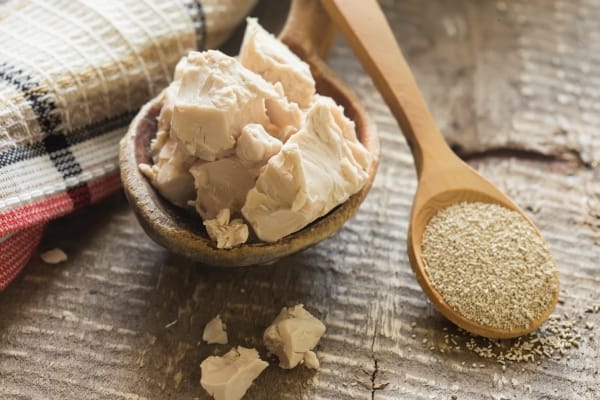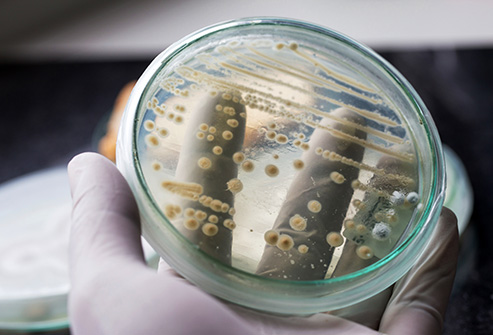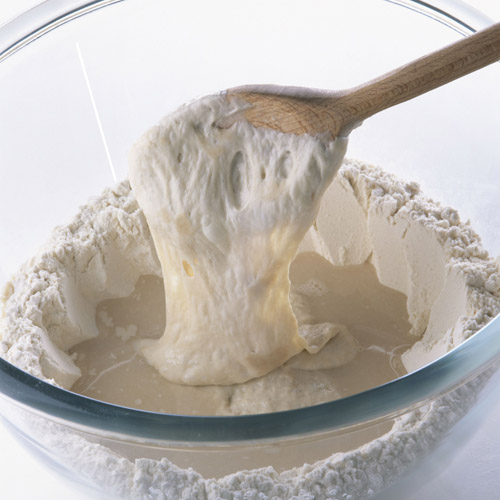YEAST FOR HORSE - HOW GOOD IS IT?
We get many questions about feeding horses yeast, what kinds there are, and if some are better for horses than others. We have our own understanding about feeding with yeast. Horses are by nature “large intestine fermenters,” and we experience that feeding with yeast has more downsides than advantages. I thought I would clarify information about different types of yeast since that is usually what the questions we get are about.

Yeast are fungi, but does it belong to the animal or plant kingdom? Researchers thought long about it and came to a conclusion that it is its own art. Fungi do not have the green substance chlorophyll that plants have in order to produce their own nutrients. Since Fungi lack chlorophyll, they have to obtain nutrients like animals. However, they do not consume like animals, but instead suck nutrients from the ground or in its habitat. Fungi are therefore neither plants nor animals, and are categorized into a separate kingdom.
SO THE HORSE HAS BEEN FED WITH YEAST – WHAT IS THE RESULT OF THIS?
What the horse owner that is feeding with yeast notices is that the horse’s stomach condition improves, and there is no watery stool. What is actually happening is that the horse is starting an abnormal fermentation of the feed, which causes an injured intestine membrane. This type of fermentation causes the PH value to become more acidic, decreasing the number of good intestine bacteria and causing the bad intestine bacteria to multiply. In the end this can cause LGS (leaking gut syndrome), in other terms, toxic substances leak out through the membranes out into the blood stream.
The blood that is to be purified in the liver and kidneys cannot keep up with all the new toxins that are transported there, so the toxins follow the blood through several circuits in the body and eventually have to be stored somewhere. They often end up in the muscles, tissues, skin, and hooves. The immune system is weakened, and the horse gets various disease symptoms that are not always associated with feeding of the horse (the horse’s stools improved).
There are also yeast fungi belonging to the Candida family, which are part of the body’s normal flora. Candida have the task of making sure unwanted bacteria do not attach and harm the flora of the intestines. When the Candida’s normal nutrients run out, the candida divides and spreads throughout the body through the damaged membrane, to the blood stream and feeds on the sugar that is supposed to be transported to the cells. This process in turn causes a large strain on the horse’s well being and immune system and can even begin developing into different disease symptoms and allergies.
Some examples of what fungal infections can cause: thrush, fungal onset on the skin that can appear as discoloration, fungi in the ears and milk ducts of mares. Watery stool is just one symptom that can appear due to yeast being fed to a horse.
Products to use
Colofor and Equifilier

